Just In
- 4 hrs ago

- 7 hrs ago

- 11 hrs ago

- 14 hrs ago

Don't Miss
- Movies
 Malaika Arora Continues To Get Backlash For Asking Son Arhaan About ‘Body Count’, Here's What It Means
Malaika Arora Continues To Get Backlash For Asking Son Arhaan About ‘Body Count’, Here's What It Means - News
 BRS Chief K Chandrasekhar Rao Slams BJP, Says K Kavitha's Arrest Is Vendetta Politics
BRS Chief K Chandrasekhar Rao Slams BJP, Says K Kavitha's Arrest Is Vendetta Politics - Finance
 LIC New Jeevan Shanti 858 Plan: How To Earn Rs 10,000 Pension Per Month After Retirement? Check Eligibility!
LIC New Jeevan Shanti 858 Plan: How To Earn Rs 10,000 Pension Per Month After Retirement? Check Eligibility! - Sports
 PBKS vs MI, IPL 2024: 'Jasprit Bumrah is the Greatest Match Winner' - Twitter Hails MI Pacer after Amazing Bowling
PBKS vs MI, IPL 2024: 'Jasprit Bumrah is the Greatest Match Winner' - Twitter Hails MI Pacer after Amazing Bowling - Automobiles
 Aprilia RS 457 Accessories: A Detailed Look At The Prices
Aprilia RS 457 Accessories: A Detailed Look At The Prices - Education
 Karnataka SSLC Result 2024 Soon, Know How to Check Through Website, SMS and Digilocker
Karnataka SSLC Result 2024 Soon, Know How to Check Through Website, SMS and Digilocker - Technology
 Nothing Ear, Ear a With ANC, Up to 42.5 Hours of Battery Launched; Check Price and Availability
Nothing Ear, Ear a With ANC, Up to 42.5 Hours of Battery Launched; Check Price and Availability - Travel
Telangana's Waterfall: A Serene Escape Into Nature's Marvels
10 High Fibre Vegetables To Lose Weight Easily
Fibre, also known as dietary fibre or roughage is a type of carbohydrate which is neither digested nor absorbed by our body. However, this important plant-based nutrition is required by our body to maintain digestive health and regulate bowel movement.

The healthy way to include fibre-rich foods in your diet is by adding vegetables. There are several vegetables like carrots, peas and beans which are packed with fibre. These fibre-rich vegetables do not get absorbed by our digestive system but help to bulk up the stomach and make the digestion process slow. This prevents the sudden spike of glucose and cholesterol levels in our body. Fibre-rich vegetables are healthy, nutritional, good to taste and considered the best foods to ease constipation, diabetes, bowel cancer and other digestive problems.
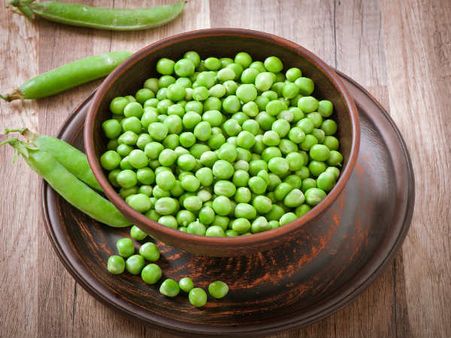
1. Peas
100 g of peas contains 5.7 g of dietary fibre. A study says that peas have potential effects on plasma lipids, metabolism, glucose and weight control. Adding peas to the diet helps in reducing weight as well as reducing glycemia. [1]
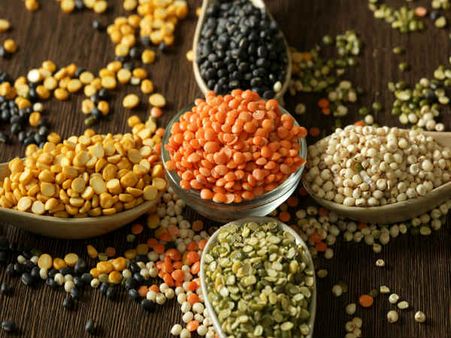
2. Lentils
100 g of boiled and cooked lentils contains 7.9 g of dietary fibre. Lentils are the best solution for weight loss due to their high fibre content and low calories. Consuming lentils gives a feeling of satiety and prevents us from overeating other unhealthy food items. [2]

3. Brussels sprouts
100 g of cooked brussels sprouts contain 3.8 g of dietary fibre. They are low in saturated fat and calories but high in protein and fibre. Brussels sprouts are very effective for losing weight as they tend to fill the stomach along with providing all the essential nutrients. Avoid overcooking the sprouts.

4. Okra (Ladyfinger)
100 g of okra contains 3.2 g of dietary fibre. Including okra in a meal helps keep us full for a long period. It is also packed with many essential nutrients that help improve digestion, body's metabolism and muscle strength.
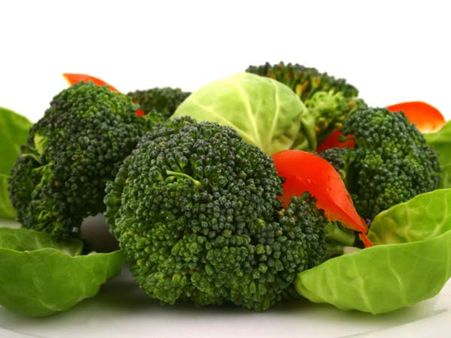
5. Broccoli
100 g of broccoli contains 2.6 g of dietary fibre. This green vegetable is great for weight loss due to the high fibre content. Consuming an adequate amount of broccoli lowers the levels of visceral fat, prevents constipation and curbs overeating.
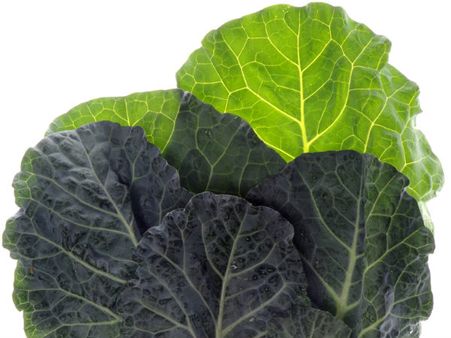
6. Collard Greens
100 g of collard greens contains 4 g of dietary fibre. They are rich in vitamin C, vitamin A, vitamin K, vitamin B6, calcium and iron. Collard greens are also known for their antioxidant and cholesterol-lowering properties.

7. Butternut Squash
100 g of butternut squash contains 3.2 g of dietary fibre. This high-fibre vegetable is low in calories and high in antioxidants and essential nutrients like vitamin C, A, E, B1, manganese and potassium which help to prevent cancer, mental disorder and heart diseases.
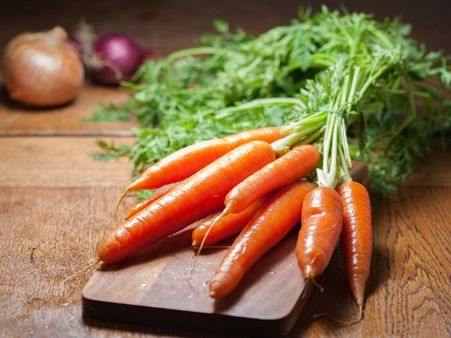
8. Carrots
100 g of carrots contains 2.8 g of dietary fibre. This crunchy vegetable is also a good source of carotene, potassium, vitamin K and antioxidant compounds. These compounds help decrease the risk of heart and ocular diseases.
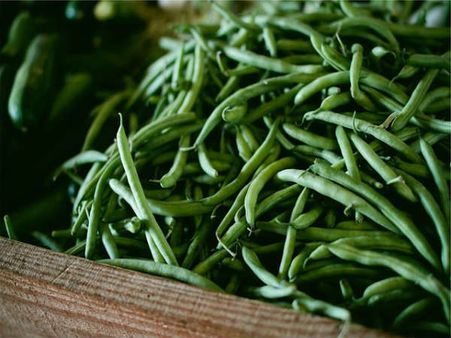
9. Green Beans
100 g of green beans contains 2.7 g of dietary fibre. Green beans are low in calories and a good source of folate, vitamin C, iron, copper and silicon. These compounds decrease the risk of heart diseases, diabetes and colon cancer. Green beans also boost our immune system and help fight against infections.

10. Spinach
100 g of spinach contains 2.2 g of dietary fibre. This green veggie is best for bones, muscles and heart due to the presence of plant-based omega-3 fatty acids, vitamin B2, iron, magnesium and vitamin K.
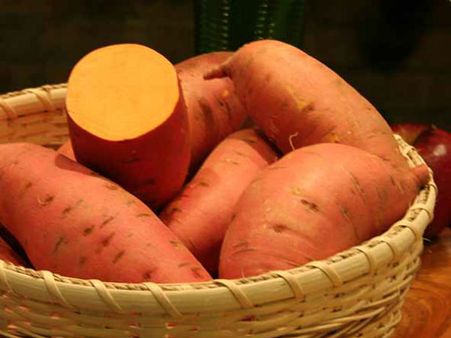
11. Sweet Potato
100 g of sweet potato contains 3 g of dietary fibre. This highly nutritional vegetable helps promote gut health and enhances brain and ocular function. Sweet potato is enriched with antioxidants and many minerals and vitamins like calcium, vitamin C, selenium and vitamin B.
Note: All values are from the United States Department of Agriculture (USDA)
-
 recipesHow To Make Low-Calorie, Gluten-Free And High Fibre Vegan Chocolate Banana Oatmeal
recipesHow To Make Low-Calorie, Gluten-Free And High Fibre Vegan Chocolate Banana Oatmeal -
 recipesEasy Breakfast Recipe: How To Make Oats Upma
recipesEasy Breakfast Recipe: How To Make Oats Upma -
 nutritionWhy You Should Add Black Beans To Your Diet
nutritionWhy You Should Add Black Beans To Your Diet -
 diabetesWorld Chocolate Day 2021: Are Chocolates Good For People With Diabetes?
diabetesWorld Chocolate Day 2021: Are Chocolates Good For People With Diabetes? -
 diabetesAre Papayas A Healthy Choice For People With Diabetes?
diabetesAre Papayas A Healthy Choice For People With Diabetes? -
 wellness21 Best Vegetables You Must Include In Your Diabetes Diet
wellness21 Best Vegetables You Must Include In Your Diabetes Diet -
 wellnessBarley Tea: Health Benefits, Side Effects And How To Prepare
wellnessBarley Tea: Health Benefits, Side Effects And How To Prepare -
 wellnessAmazing Health Benefits Of Dietary Fibre You May Not Know
wellnessAmazing Health Benefits Of Dietary Fibre You May Not Know -
 wellness51 Fibre-Rich Foods Which May Help Lose Weight Easily
wellness51 Fibre-Rich Foods Which May Help Lose Weight Easily -
 wellness5 Best Fruits To Eat During Pregnancy
wellness5 Best Fruits To Eat During Pregnancy -
 wellness17 Foods To Eat And Avoid Before Travelling
wellness17 Foods To Eat And Avoid Before Travelling -
 wellness5 Healthy Ways To Include Oats In Your Breakfast
wellness5 Healthy Ways To Include Oats In Your Breakfast


 Click it and Unblock the Notifications
Click it and Unblock the Notifications



